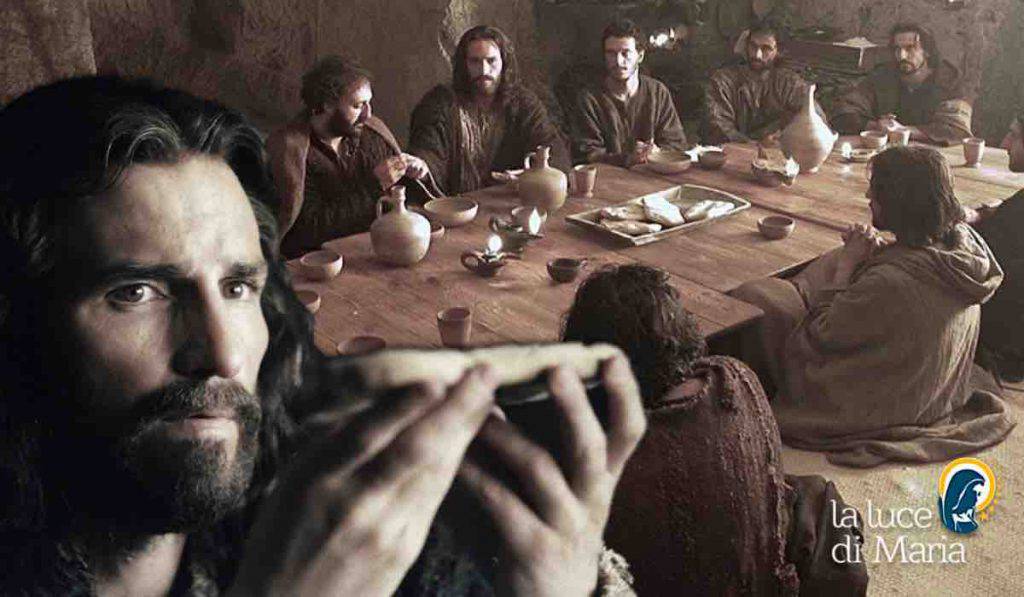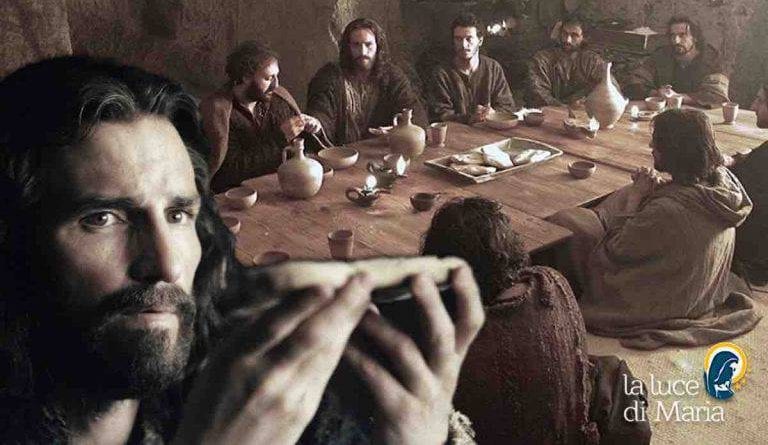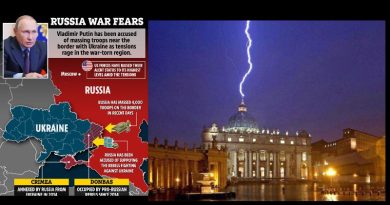What did Jesus eat? The health food described in the Gospels
From Rosalia Gigliano -11/14/2019
Food: a vital source of our livelihood. What did Jesus eat? Was his food always the same and was it healthy? The answer comes to us from the Scriptures

The careful reading of the Bible takes us to some passages where the food that was eaten then is present, and also those who ate Jesus.
Food at the time of Jesus
What did Jesus eat more than 2000 years ago? Was his food like ours? Maybe it was easier. What ingredients were used? What were the recipes of two thousand years ago, and would they be repeatable today? Probably not, but if we pay attention, the Bible is full of information about what Jesus ate, and we assure you that it was not just bread and fish.
What did Jesus eat? Figs
Jesus and his Apostles ate a variety of foods, certainly, much much healthier and healthier than those we eat today. Here are some foods described between the lines of the Sacred Writings.
Let’s start with fruit: Figs . Jesus ate so many of them and this is also attested to in the Gospel of Mark (11, vv. 12 – 13) : ” The following morning, as they were leaving Bethania, he was hungry. And having seen from afar a fig tree that had leaves, he approached to see if he ever found anything there; but upon reaching it, he found nothing but leaves. That was not the season of figs “.
The fish
The Fish : almost all the Apostles or, in general, the people who lived in the places crossed and touched by Jesus were fishermen.
Jesus found himself on the boat with the fishermen several times, and one of the most significant episodes is that of miraculous fishing, as Luke’s passage in the Gospel tells us (5, vv. 4 – 8) : ” When he had finished speak, he said to Simone: “Go off and go fishing nets.” Simon replied: «Master, we have struggled all night and have taken nothing; but at your word I will cast the nets ». And having done so, they took an enormous amount of fish and the nets broke. Then they motioned to the companions of the other boat to come and help them. They came and filled both boats to the point that they almost sank ”.
It is clear, therefore, that fish was one of the basic foods. In areas of the Middle East, where Jesus lived and preached, the most fished and eaten were sardines.
Jesus’ food: lamb and bread
In addition to fish, meat was also consumed. The Lamb was one of the most popular meats at the time of Jesus. Jesus will have eaten it many times, probably stewed and with accompanying vegetables. The lamb, as a dish of the Lord’s Passover, is also described in the book of Exodus 12, vv. 8 – 10 : “I n eat meat roasted over a fire that night; they will eat it with unleavened bread and bitter herbs. You will not eat it raw, or boiled in water, but only roasted over a fire with your head, legs and guts. You don’t have to advance it until morning: the one that will be left in the morning you will burn it in the fire. “
Bread cannot be missing, the king of the tables, even of the poorest. Bread, co-protagonist of the episode of multiplication, as John the Evangelist writes (6, vv. 5 – 11) : ” Jesus saw that a great crowd came to him and said to Philip:” Where can we buy bread because do they have to eat? “[…] Then one of his disciples, Andrew, brother of Simon Peter, said to him:” Here is a boy who has five barley loaves and two fish; but what is this for so many people? “[…] Then Jesus took the loaves and, after giving thanks, he distributed them to those who had sat down, and did the same for fish, as long as they wanted”.
The bread is also the protagonist for being broken during the Last Supper: ” Now, while they were eating, Jesus took the bread and, pronounced the blessing, broke it and gave it to the disciples saying:” Take and eat; this is my body . ” (Mt 26, vv. 26).
Honey and oil
- the HONEY : the first attestation of a fundamental figure of the Holy Scriptures that was eaten with honey is that of John the Baptist (“ And he, Giovanni, wore a dress of camel hair and a leather belt around his hips; his food they were locusts and wild honey “- Mt 3, vv. 4) . Honey was used to sweeten certain foods.
- OIL : common food in the Mediterranean diet was also present in the Middle East. In the New Testament, an example above all, is when one speaks of Gethsemane, the garden of olives is the place where the passion of Christ began ( Lk, 22, vv. 39 : ” Jesus left, as usual, to the Mount of Olives, the disciples also followed him “) , testifies to the cultivation of this plant precisely to obtain its oil.
Wine, protagonist of the first and last miracle of Jesus
- WINE is present in many events told by the Gospels throughout Jewish culture was a symbol of celebration. There was no feast without wine which is why this is the protagonist in the first and last act of Jesus’ life before his Passion.
The first miracle, namely the Wedding at Cana , as described in the Gospel of John 2, vv. 3 – 11 : ” In the meantime, when the wine failed, Jesus’ mother said to him:” They have no more wine. “ And Jesus answered, “What have I got to do with you, woman? My hour has not yet come. “ The mother tells the servants: “Do whatever he tells you.” There were six stone jars for the purification of the Jews, each containing two or three barrels. And Jesus said to them: “Fill the jars with water”; and they filled them to the brim. He said to them again: “Now draw and take it to the master of the table.” And they brought him. And as he had tasted the water turned into wine, the master of the table, who did not know where it came from (but the servants who had drawn the water knew it), called the bridegroom and said to him: “All serve good wine at the beginning and, when I am a bit tipsy, the less good one; but you have kept good wine until now »”.
The last one, the one during the Last Supper : ” Then he took the cup and, after giving thanks, he gave it to them, saying:” Drink it all, because this is my blood of the covenant, shed for many, in remission of the sins ” (Mt 26, vv. 27 – 28) .
To conclude, we can say that Jesus’ diet was simple and essential. Surely, much healthier than our own because simple and humble as simple and humble was He our Savior and food of Eternal Life.
ROSALIA GIGLIANO
Source: aleteia.org





